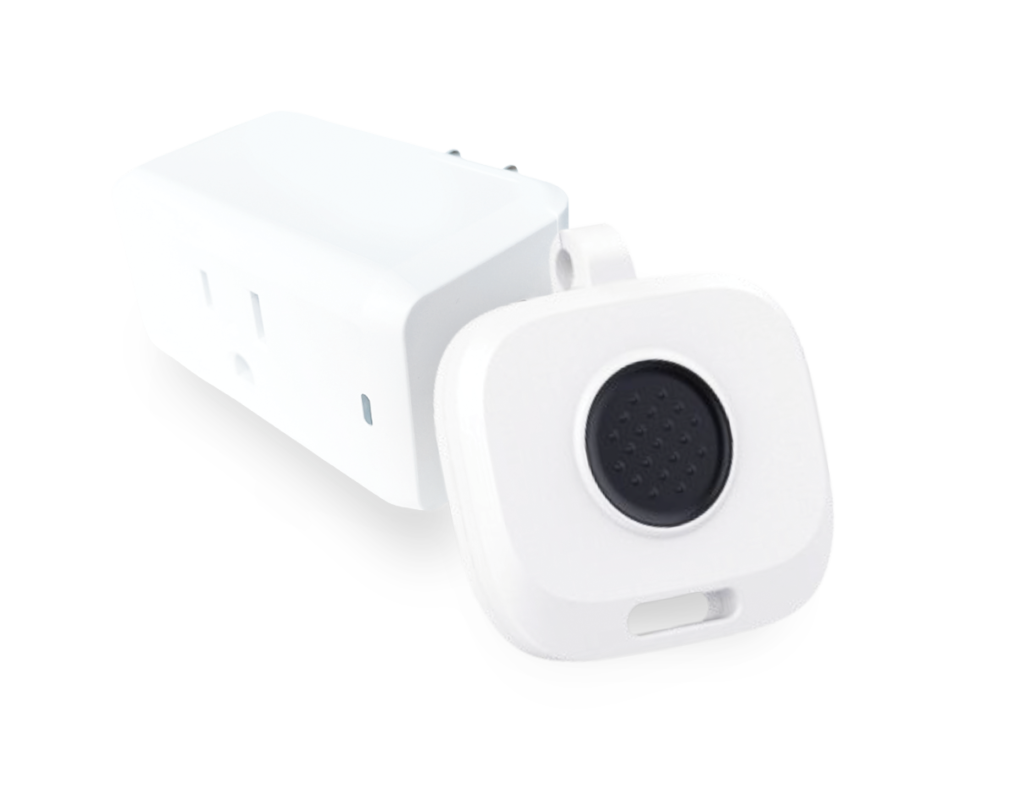Healthcare is an industry powered by people who dedicate their lives to delivering quality, compassionate care. Yet, those same caregivers are subjected to higher rates of workplace violence than any other industry. As Press Ganey’s latest data reveals, in the second quarter of 2022 alone, 57 nurses were assaulted daily — that’s two assaults every hour.
The alarming rate of workplace violence (WPV) incidents in the past year reflects a steady — yet drastic — trend, with a 60% increase in healthcare violence events since 2011. Risk factors — all of which contribute to this growing epidemic — are wide-ranging and vary per incident. These can include:
- Elevated emotional state of patients and their families
- Staffing shortages
- Environmental factors
- Lack of preventive support or training
- General absence of supportive technology

The mental, emotional, and physical toll on clinicians and staff is very real and presents an important question: How can we expect healthcare workers to care for patients daily when doing so puts their own physical and mental safety at risk?
Beyond the human impact, keeping staff safe is fundamental to the business of healthcare. The lack of a healthcare staff safety solution contributes significantly to staffing issues — putting financial strain on the health system and ultimately, jeopardizing patient outcomes.
3 Traits of an Effective Healthcare Staff Safety Solution
Even more than actually being safe, perceived safety is the number one factor influencing a nurses’ decision to stay or leave their current role. At a time when The Great Resignation further pushes our healthcare system to the brink, leaders must prioritize keeping patients and team members safe.
Given the complex nature of WPV in healthcare, addressing this epidemic head-on is no easy feat — but doing so is necessary. It requires a multifactorial approach that includes a collaborative, community-driven strategy along with effective technological support.
An effective, tech-enabled healthcare staff safety solution must help healthcare organizations achieve three key imperatives:
1. Prioritizes Prevention and De-Escalation
Today, many staff and clinicians go to work believing that at some point, violence is inevitable. Preventing workplace violence requires intervening long before escalation occurs. This proactive approach has better overall outcomes compared with responding in the moment of crisis. In a recent McKinsey survey, 62% of nurses reported that “active monitoring of nurse distress and proactive outreach” is an important initiative needed in the workplace to support their well-being.
While the use of security officers and video surveillance are common safety measures in most health systems, these steps alone are insufficient in preventing violence.
A holistic security strategy should incorporate advanced technology that facilitates prompt intervention and conflict de-escalation. Effective staff protection necessitates technology that supports immediate help requests. This is best achieved through discreet wearable badges that enable any employee to immediately call for assistance to their current location. Just as with masks and gowns, this device should be a core component of every healthcare worker’s personal protective equipment.
Operationally, staff should be encouraged to use the badge “early and often” at the first signs of distress to maximize the known benefits of de-escalation. When pressed, the solution must instantly notify key stakeholders — including proximate colleagues, subscribed staff, and security personnel — so that nearby team members can intervene immediately with de-escalation support. Because violent situations often move over time, the system must be able to monitor the situation as it evolves in real time — from the first sign of duress all the way through incident resolution.
2. Covers All Staff in Any Facility
Many health system leaders incorrectly believe that workplace violence is limited to the emergency department and behavioral health units. However, workplace violence doesn’t discriminate — anyone in any department can be at risk. All healthcare workers deserve to feel safe, no matter their role or title, yet 92% experienced or witnessed workplace violence in April 2022 alone. In Press Ganey’s latest data, surprisingly, pediatric units experienced some of the highest rates of assaults.
Healthcare is a team sport. Everyone — from administrators and environmental services to clinicians and cross-departmental staff members — contributes to the patient experience and, ultimately, care outcomes. Just as patient safety can’t be improved without supportive technology (e.g., bar code administration, drug-drug interaction testing, e-ICU, etc.), preventing workplace violence requires a tech-based healthcare staff safety solution that covers all staff in every care environment with comprehensive protection and support.
3. Tracks and Reports Critical Data to Boost Prevention Measures
Even with staggering reports like Press Ganey’s, our vantage into the epidemic of workplace violence in healthcare — and its impact — is incomplete, with only 30% of incidents actually being reported. In addition to being a new Joint Commission regulatory standard, understanding where threats occur and which staff members consistently feel unsafe is crucial for mitigating violence in the workplace for the long term. To better understand trends and insights that can inform a future-proof approach to safety, healthcare safety technology must include a real-time dispatch dashboard with robust reporting capabilities.
When it comes to keeping staff and clinicians safe, there should be no tradeoffs. Healthcare organizations will be best supported with workplace safety solutions that include comprehensive and always-on service, support, and reporting. With real-time data such as duress alarm and location tracking, healthcare leaders can more accurately and proactively protect the entire organization.
Bonus: Deploy other proven best practices
In addition to employing tech-driven staff safety solutions, healthcare organizations should consider adopting other proven best practices. These include, but aren’t limited to:
- Community-based crisis stabilization centers for 24x7x365 behavioral care
- Appropriate facility design and visualization to avoid “blind alleys”
- Secured and/or weighted furniture in high-risk areas
- Safe Assessment rooms in the emergency department
- Flagging patient records who have a history of workplace violence
- Training all patient-facing staff in trauma-informed care and de-escalation techniques
- Creating a Behavioral Emergency Response Team
- Performing a post-incident debrief to determine a root cause analysis
Restoring “Care” in Healthcare Starts Here
With the introduction of legislation like The Safety From Violence for Healthcare Employees Act, stakeholders are beginning to recognize this epidemic, but there is still much to do.
By establishing comprehensive safety strategies supported by effective technology, health organizations can operate as a united front to combat workplace violence and restore “care” in the healthcare environment for all clinicians, staff, and caregivers. Through actions both big and small, we can enact meaningful change in preventing workplace violence.
Ready to take action against workplace violence? Watch how the Commure Strongline staff duress system protects the healthcare workforce.

